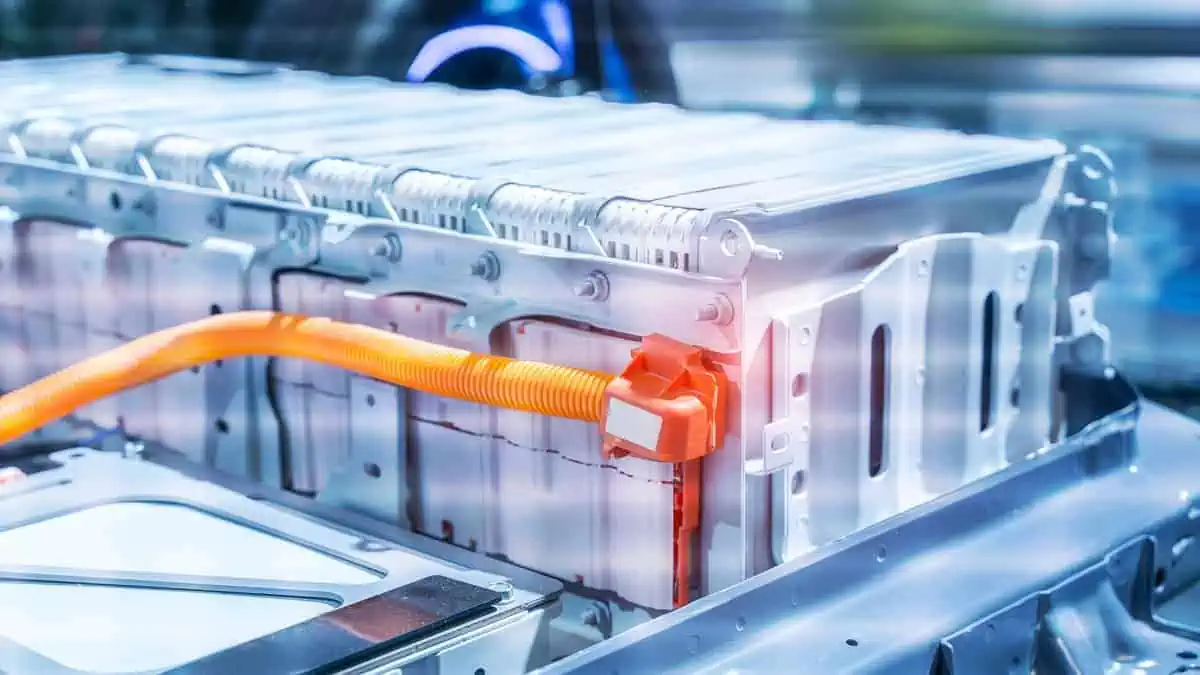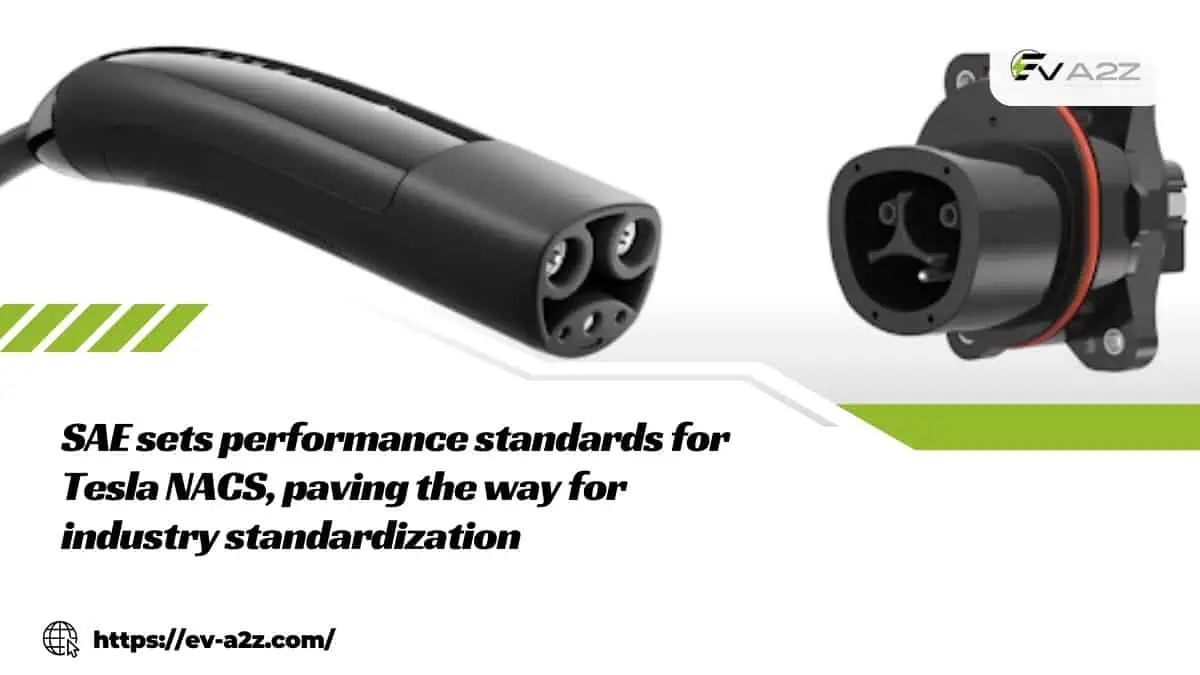South Korean legacy automaker Hyundai Motor Group has just disclosed the names of its battery suppliers as electric vehicle fire concerns rise in its home country, The Korea Herald reports.
Hyundai names battery sources as safety fears rise
Hyundai has officially taken several measures to alleviate the public’s growing concerns over electric vehicle fires in South Korea, including the disclosure of the battery suppliers of its models and the introduction of enhanced safety features.
Presented below are the battery cell manufacturers per model:
| Vehicle Model | Battery Cell Manufacturer |
| Ioniq 5 NE | SKO |
| Ioniq 5 NE PE | SKO |
| Ioniq 6 (CE) | LGES (23.6-) |
| GV60 (JW) | SKO |
| G80 (RG3 EV) | SKO |
| GV70 (JK EV) | SKO |
| Kona (SX2 EV) | CATL |
| ST1 (TSD-A01) | SKO |
| Casper (AX EV) | LGES |
| Kona OS EV | LGES |
| Ioniq (AE EV PE) | LGES |
| Ioniq (AE EV) | LGES |
| Porter (HR EV) | SKO |
As you can observe, the Hyundai Kona Electric is currently the only model using batteries from China’s CATL. Most of its offerings feature batteries from South Korea’s LG Energy Solution (LGES) and SK On.
Hyundai’s other efforts to improve EV safety
Apart from disclosing the names of its battery suppliers, Hyundai and Kia also committed to collaborating with local governments to further improve the safety of its electric vehicle technologies.
For instance, Hyundai plans to launch new safety features like avoiding fire risks associated with overcharging of batteries, such as follows:
- an overvoltage diagnosis system
- a battery monitoring system
In effect, customers’ apprehensions to join the shift to electric mobility will gradually diminish.
South Korea to conduct emergency meeting to address EV fire concerns
Both foreign and local electric vehicle players in the South Korean market are gearing up to manage similar safety concerns at the set safety inspection meeting organized by the Ministry of Land, Infrastructure, and Transport on August 13.
Reuters noted that the meeting will revolve around fires involving electric vehicles, including a fire incident that caused extensive damage, and determine solutions to avoid such incidents.
The initiative comes after a recent fire incident involving a Mercedes-Benz EV in an underground parking lot in Incheon, which reportedly damaged 140 vehicles, displaced approximately 800 residents, and compromised the facility’s electrical and plumbing systems. The EV in question apparently uses a nickel-cobalt-manganese battery cell from China’s Farasis.
The Ministry of Land, Infrastructure, and Transport’s request for transparency by revealing battery suppliers extends to both local and foreign brands that rely on imports. However, the latter will likely take some time to respond to the request as they still need input from their overseas headquarters.
“The decision to reveal parts suppliers isn’t ours to make — it’s up to our headquarters. We’ve communicated the urgency of the situation here, but the final say rests with them.”
Unnamed official from an import car brand in South Korea
Hyundai’s move to take a proactive approach aligns with the ministry’s efforts to alleviate the growing public concerns about electric vehicle safety. As the South Korean EV industry wrestles with this issue, both local and foreign players will likely receive intensified scrutiny and pressure to focus on safety in their EV technologies.






